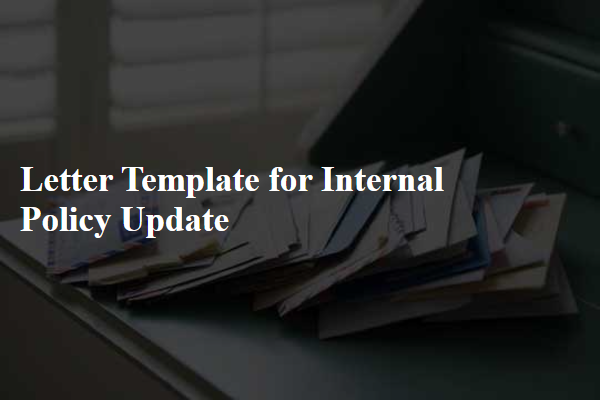Are you on the lookout for a reliable employment verification letter template? Whether you're an employer needing to confirm an employee's job status or an employee preparing to present proof of your employment history, having the right format can make all the difference. This guide will walk you through crafting a clear and professional letter that meets the expectations of HR departments and lenders alike. So, let's dive in and discover how to create an effective employment verification letter!

Company Letterhead and Contact Information
Company letterhead serves as the official branding for a business, displaying the company name, logo, address, and contact information prominently at the top. Typically, the letterhead includes the telephone number, email address, and website for quick reference by the recipient. An employment verification letter on this letterhead confirms the individual's employment status, including their job title, duration of employment, and sometimes salary details. This formal document is often required for banking transactions, credit applications, or rental agreements, ensuring authenticity with the inclusion of the company's official seal or signature from an authorized representative, typically an HR manager. Proper formatting and accurate information are crucial to ensure the letter meets the standards expected in professional communication.
Employee Personal Details (Full Name, Job Title)
The employment verification letter provides essential information regarding an individual's work history. For instance, an employee named John Smith holds the position of Senior Software Engineer at Tech Solutions Inc., a reputable firm located in San Francisco, California. This confirmation details John's employment dates, from June 1, 2020, to the present, and his significant contributions, such as leading a successful project that improved application performance by 30%. This letter typically includes the company's official letterhead, which includes contact information and verifies the authenticity of the document. The verification serves crucial purposes, ranging from loan applications to background checks, confirming the employee's legitimacy within the workforce.
Employment Dates and Status
An employment verification letter serves as a formal document confirming an employee's work history, including employment dates and status. This letter is often requested by lenders, landlords, or other institutions requiring proof of employment. Key details typically included are the employee's full name, job title, start date, end date (if applicable), and employment status (full-time, part-time, or contract). For instance, an employee who worked at XYZ Corporation from January 15, 2020, to September 30, 2023, as a Marketing Manager would have their tenure documented in a concise manner. Additionally, the letter may include the company's contact information, ensuring that the recipient can verify the information independently, which adds credibility and authenticity to the verification process.
Job Responsibilities and Performance
An employment verification letter serves to confirm the job responsibilities and performance of an employee within an organization. Such a document typically includes details such as the employee's name, their position title (for instance, Marketing Coordinator), the company name (like XYZ Corporation), and the duration of employment (e.g., from January 2019 to present). Key responsibilities may include managing social media accounts, developing marketing strategies, and conducting market research, highlighting their contribution to campaigns that increased brand visibility by 30%. Additionally, performance indicators might encompass a consistent achievement of project deadlines, receiving positive feedback from peers and supervisors, and participation in team-building activities, showcasing their collaborative skills and dedication to the company's goals.
Verification and Signature by Authorized Personnel
An employment verification letter serves as an official document confirming an individual's employment status at a specific organization. The letter typically includes the employee's name, job title, start date, and confirmation of their current employment status. Authorized personnel, such as a Human Resources manager or supervisor, should provide a signature along with the organization's official letterhead to substantiate the letter's authenticity. Verification letters are often requested for various purposes, including loan applications, background checks, or rental agreements, and ensure that the employee's claims regarding their employment are accurate. In addition, clear contact information for the verifier helps facilitate any follow-up inquiries regarding the verification process.













Comments